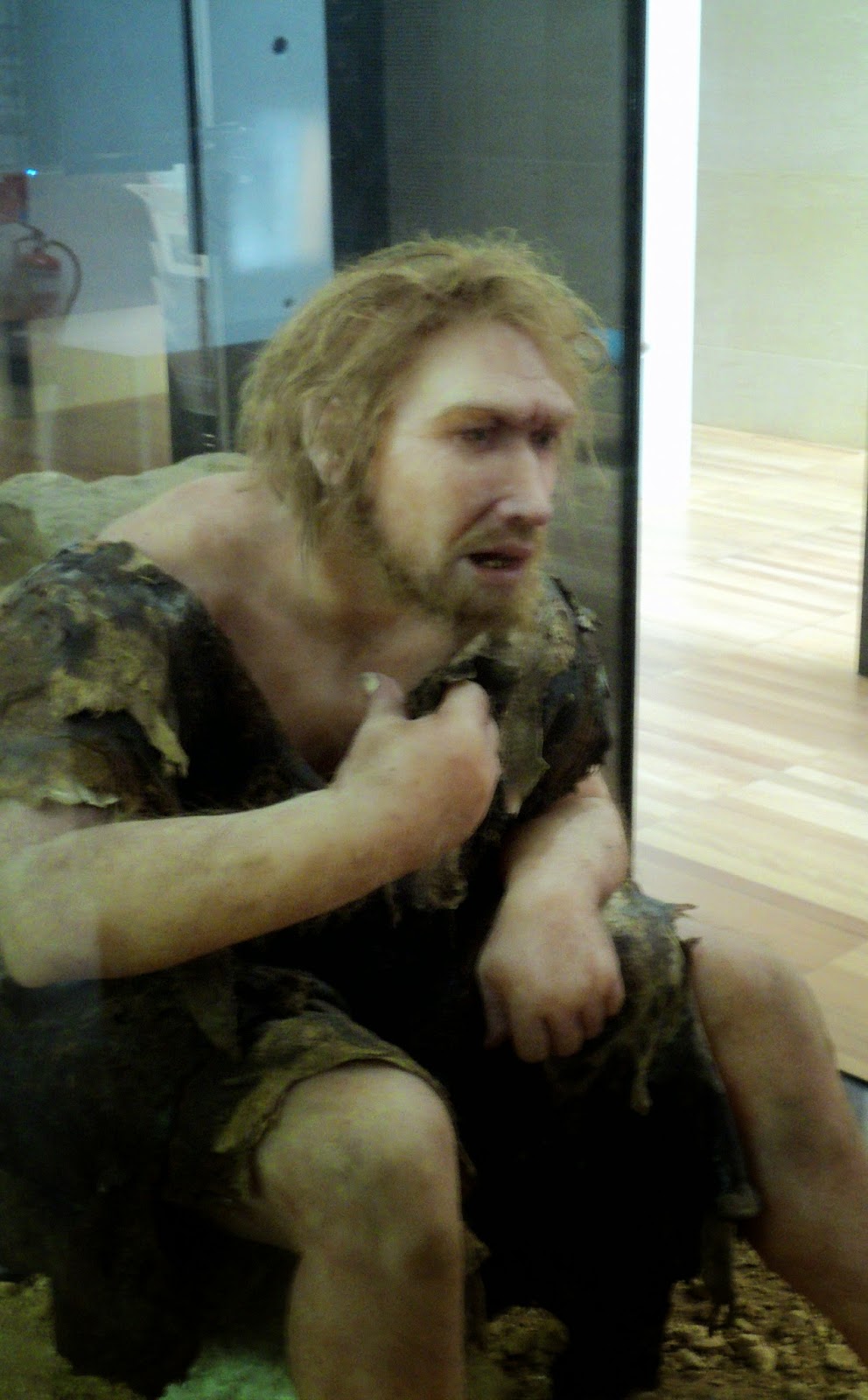I am saying goodbye to the kind lady at the bakery. (I am not posting her photo online, because there was no way to ask permission to put it on the blog.) We never exchanged more than a few words, asking each other how we were, and she inquired about our vacation. But the language barrier and the busyness of the bakery prevented much more than that. I wrote her a note to thank her for her kindness, and it brought tears to her eyes--and that brought tears to my own eyes.
So au revoir to the bakery where I went nearly every day for our baguette ("La tradition, s'il vous plaît.") "The tradition" is a baguette that contains only wheat flour, water, yeast, and salt, and by law it has to be made on premises.
It's also au revoir to the Monoprix supermarket, just down the street. They offered just about everything, including umbrellas and underwear. (But despite the name, everything was not just one price.)
It's au revoir to Picard, and the friendly young woman there. The entire store offers only frozen food, but it's good frozen food, and not too expensive. It's said to be the French cook's secret, but it can't be that much of a secret, because I think there are as many Picards in Paris as there are Starbucks in Seattle--one on almost every block.
Do you detect a theme here? Yes, it's all about food!
Except Kevin went to say goodbye to the hardware man, too, who has helped us out with everything from a replacement door handle to bubble wrap. His tiny store stocks any household item you need. When Kevin lacked enough change to buy something he wanted, the hardware man just told him to come by when he had the money, and let him take it anyway. That's our neighborhood!
So goodbye, Rue Ordener. We hope to see you again one day. In the meantime, here's a list of what else I will--and will not--miss.
What I'll miss when we leave Paris:
- Shopping at my favorite stores and the street market.
- Eating great food and drinking good cheap wine.
- Watching the Eiffel Tower light show.
- Hearing music--from buskers in the metro to concerts (some free), and the La Fete de la Musique, to people humming and whistling in the street.
- Waking to pigeons cooing.
- Walking in Montmartre and along the Seine.
- Exploring the wonderful museums, churches, and cemeteries.
- Living in a city with historical sites around every corner, which is both rewarding and sobering.
- Relaxing in the cool, green parks.
- Experiencing the kindness of strangers.
- Being accosted by pickpockets and scammers.
- Seeing dog poop and litter in the streets. (Paris spends more per capita than any large city on street-cleaning. It needs to. Why do people with such good taste in most things not see how gross it is to let your dog poop where people walk?
- Smelling urine in alcoves and stairways in some parts of the city. (There are perfectly good free self-cleaning toilets, but some men haven't changed their habits.)
- Riding in an overpacked metro. Now that summer and tourists are here, the metro is more packed than ever.
- Struggling to be understood with no one to ask, especially when making telephone calls.















































